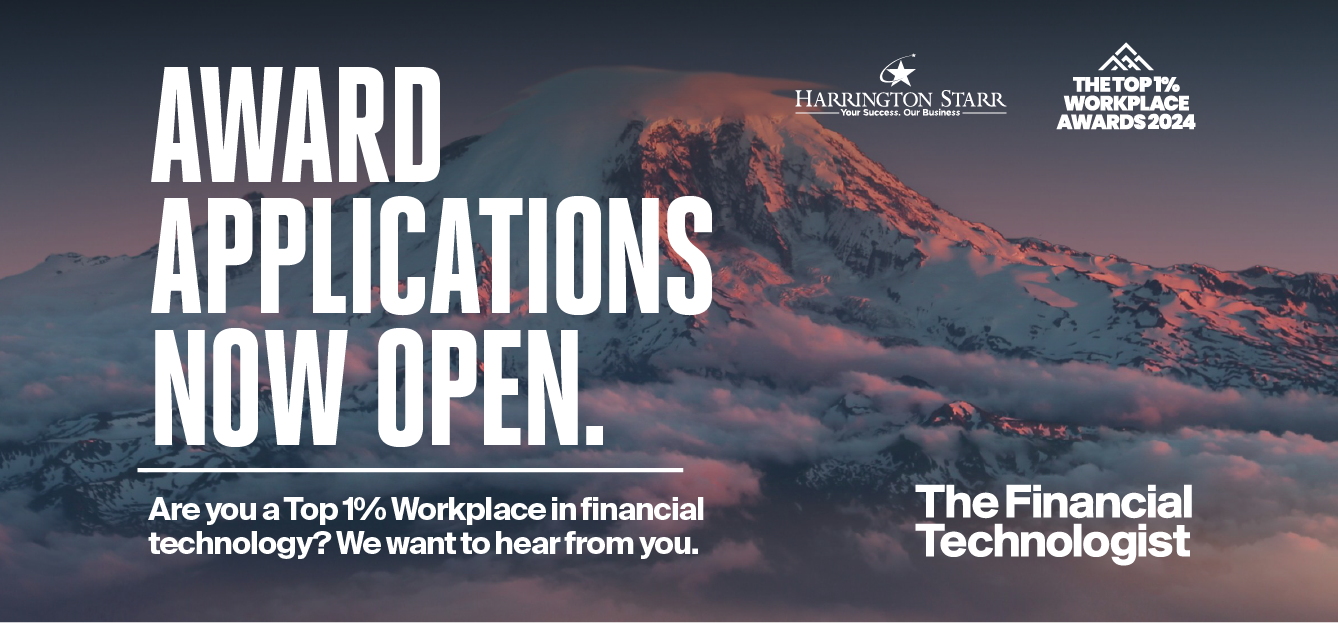In 2020, as the coronavirus pandemic reached almost every country in the world, one thing that became obvious, very quickly from the lens of many industry experts, is that we, collectively leapfrogged five to seven years into the digital revolution.
The acceleration of technology and its prominence in many of our lives created a broader economy shift and the creation of new opportunities in digital financial services and e-commerce amongst other industries.
MetaFi, Finance in the metaverse, is one of those technological innovation that emerged at the convergence of Decentralised Finance (DeFi), Centralised Finance (CeFi) and Traditional Finance (TradFi), with new products specifically designed to meet the unique needs of the new ecosystem. From initial capital formation to supporting commerce within the metaverse, financial services are expected to play an important role in this evolution.
But let’s take a step back first and look at the metaverse.
You may think the metaverse is only a collection of interconnected virtual spaces accessed through virtual reality? Well, you wouldn’t be completely wrong. This is largely correct, but there is also a n elemental slightly more cryptic side to the metaverse that will set it apart from today’s internet, the blockchain.
Most of the big consulting firms define the metaverse as the intersection of four major component parts:
1. The Web 3.o/Virtual-Asset Economy, with NFTs, tokens and cryptocurrencies as some of the main related use cases to date.
2. AR/VR/MR hardware and software.
3. The network and cloud infrastructure, dictated by AR and VR experiences, which require powerful cloud infrastructure.
4. The existing information and communications infrastructure, with the metaverse being accessed through hybrid 2D screens (i.e. mobile phones, tablets) and AR and VR hardware.
Web 3.0 is the foundation for the metaverse and consists of blockchain-enabled decentralised applications that support an economy of individual users owning the digital assets and data. I hear you say what?
Let’s break it further down…
The metaverse as a concept has been around for a couple of decades. However, interest in the virtual world spiked with Facebook’s rebrand to “Meta” last year, creating somehow a perception that the ‘Metaverse’ was owned by Facebook. Equally at the end of 2021 there was a rise in sales of non-fungible tokens (NFTs) as well as announcements from big tech players, brands, governments indicating their interests and investments in the space that further socialised the idea of the metaverse.
Right, sorry, at a very high level NFTs are digital assets that represent real-world objects like art, music, in-game items and videos. They are bought and sold online, generally using cryptocurrencies.
Today, the most popular way to experience the metaverse is via a video game played on a virtual reality headset. But as more money continues to pour into this space, the chances of the metaverse becoming an even more influential platform only continue to rise.
So back to MetaFi, what is the Decentralized Finance part?
Decentralised finance is an evolving ecosystem of financial-based applications that use cryptocurrency and blockchain technology to manage financial transactions. DeFi aims to democratise finance by replacing legacy, centralised institutions (i.e. banks or other traditional financial organisations) with peer-to-peer relationships that can provide a full spectrum of financial services, from everyday banking, loans and mortgages, to complicated contractual relationships and asset trading.
How about ‘TradFi’ or Cefi’?
‘TradFi’ is short for traditional finance, and essentially relates to conventional banks(i.e Bank of England). Whilst Centralised Finance (CeFi) generally refers to financial applications that bridge the gap between traditional finance (TradFi) and modern financial applications. There is a great deal of cross-over between recent innovations in these payment technologies. Usually, when a person enters the crypto space for the first time, they tend to do it through a centralized exchange platform (CEX). CEXs provide fiat on-ramps that make buying, trading, and holding crypto simple. For example, PayPal could be labelled as CeFi as it offers fiat-gateways to payments services alongside crypto custodial services. Fiat being the reference to traditional money.
What does money look like in the metaverse?
Of course, it is no surprise that the earliest adopter to money in the metaverse is the gaming ecosystem. The concept of in-game micro-transactions was introduced in the early 2000s, where players had the chance to spend real world money to better their in-game situation.
This popularised the concept that forms the basis of ‘free-to-play’ game economics. Fast-forward 30 years, and we now have gamers and virtual world users paying for digital skins and virtual land parcels and with new economic models like Play-To-Earn emerging.
Money in the metaverse is expected to encapsulate a range of forms, from existing and traditional types to the digital-native forms (i.e. from in-game tokens to stable coins, central bank digital currencies and cryptocurrencies, whether they are tied in or not to non-fungible tokens (NFTs).
Decrypting the future with MetaFi
Binance, the cryptocurrency exchange, is reportedly the first to come up with the MetaFi term earlier this year. In their view, the goal of MetaFi is to accelerate the mass adoption of the next generation of the internet, Web 3.0, and blockchain to expand their use cases. For this, MetaFi will continue to leverage protocols, services, and products that allow for complex financial interactions between NFTs and fungible tokens or their derivatives. Confused?
Let’s say MetaFi is essentially everything finance involving assets evolving in the metaverse.
MetaFi is a relatively new yet futuristic concept aiming to bring several Web 3.0aspects under one umbrella. It has the potential to reconstruct commerce and trading by incorporating it within the metaverse so that users can trade and transact in real-time without geographical limitations.
It is a fascinating time for the Fintech industry. As more use cases emerge and access to finance applications get democratised for wider community adoption beyond the gaming centric approach, MetaFi will definitely hold a great potential in the near future in my personal opinion.
